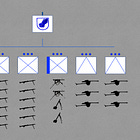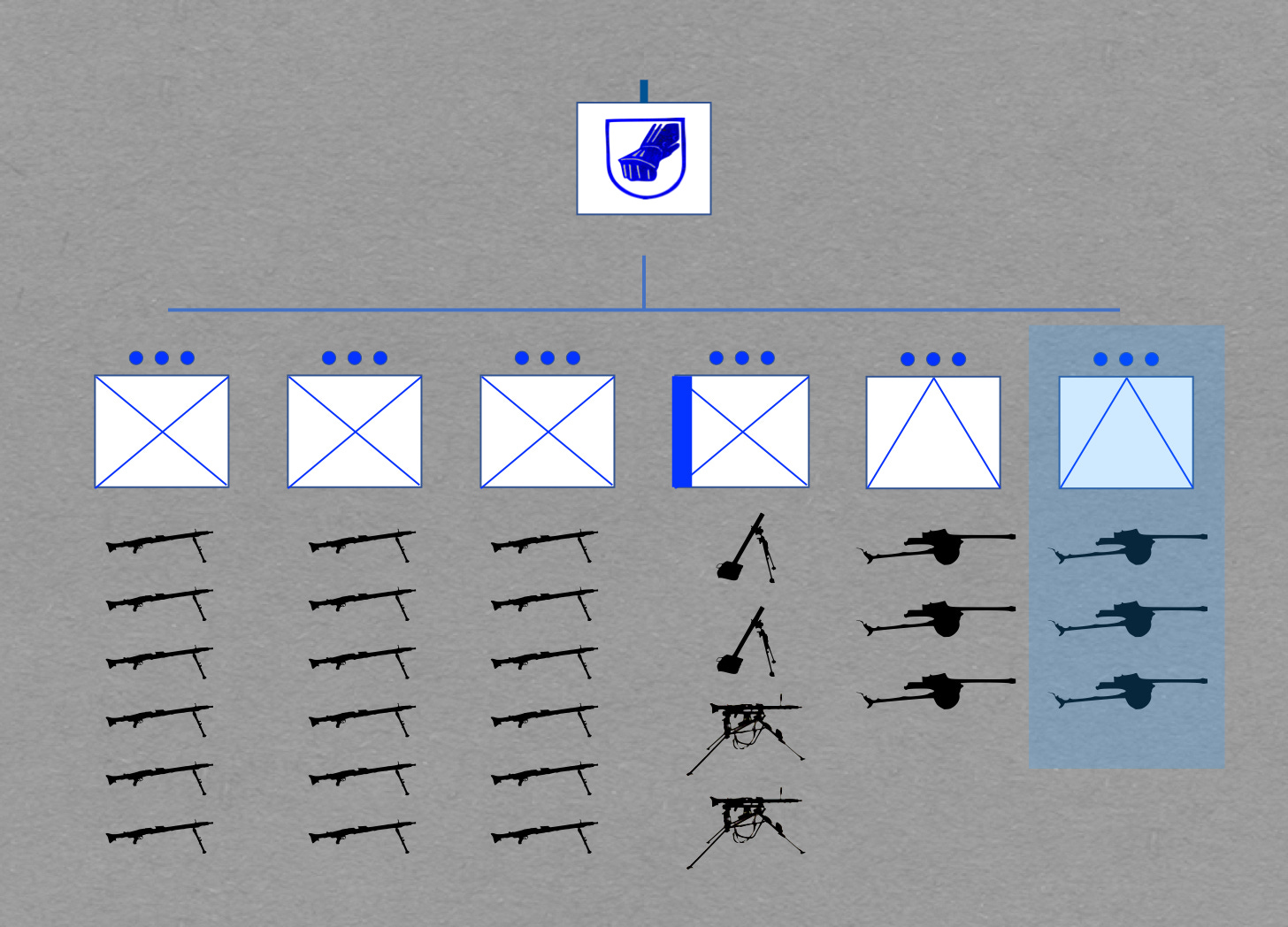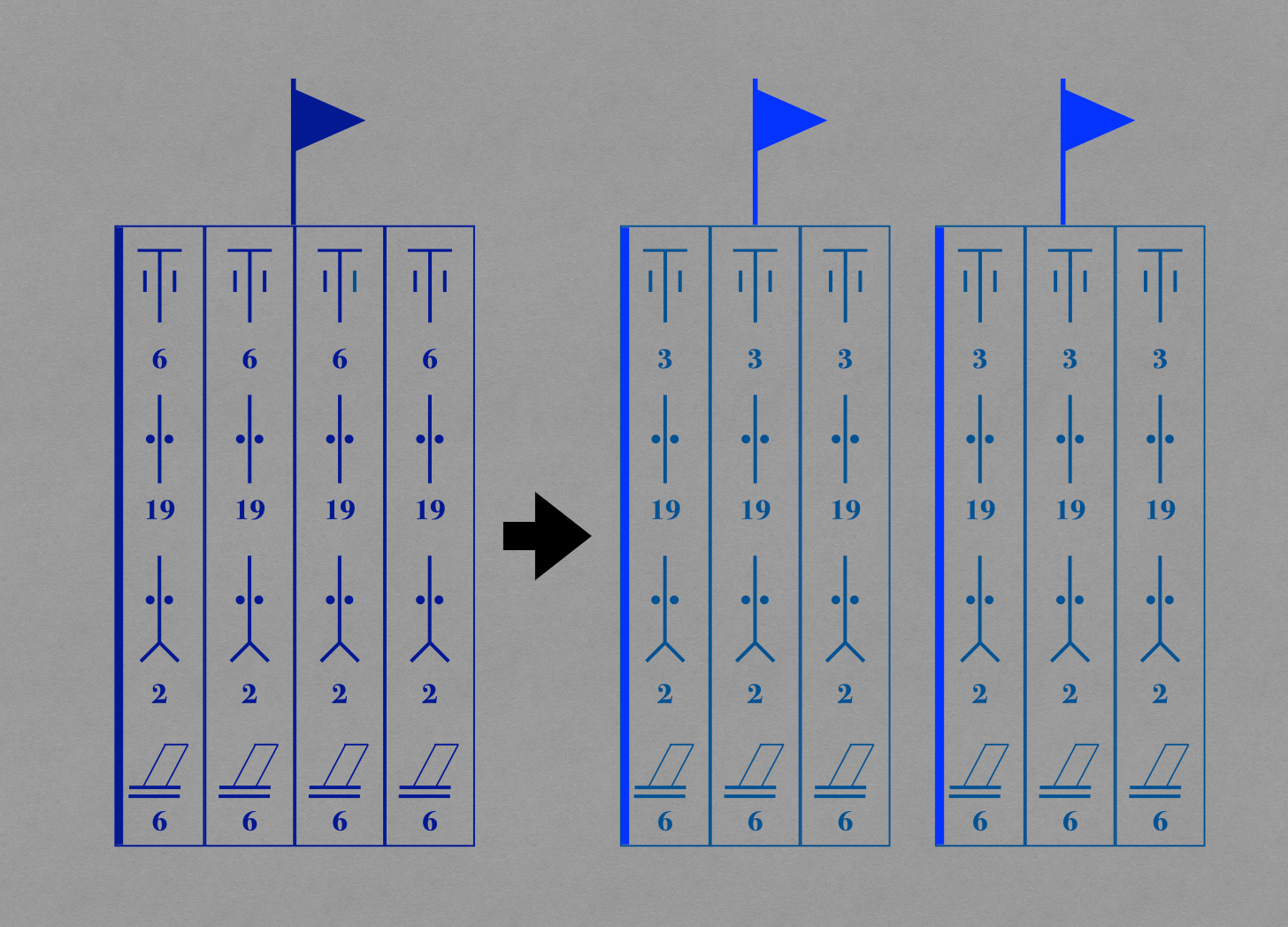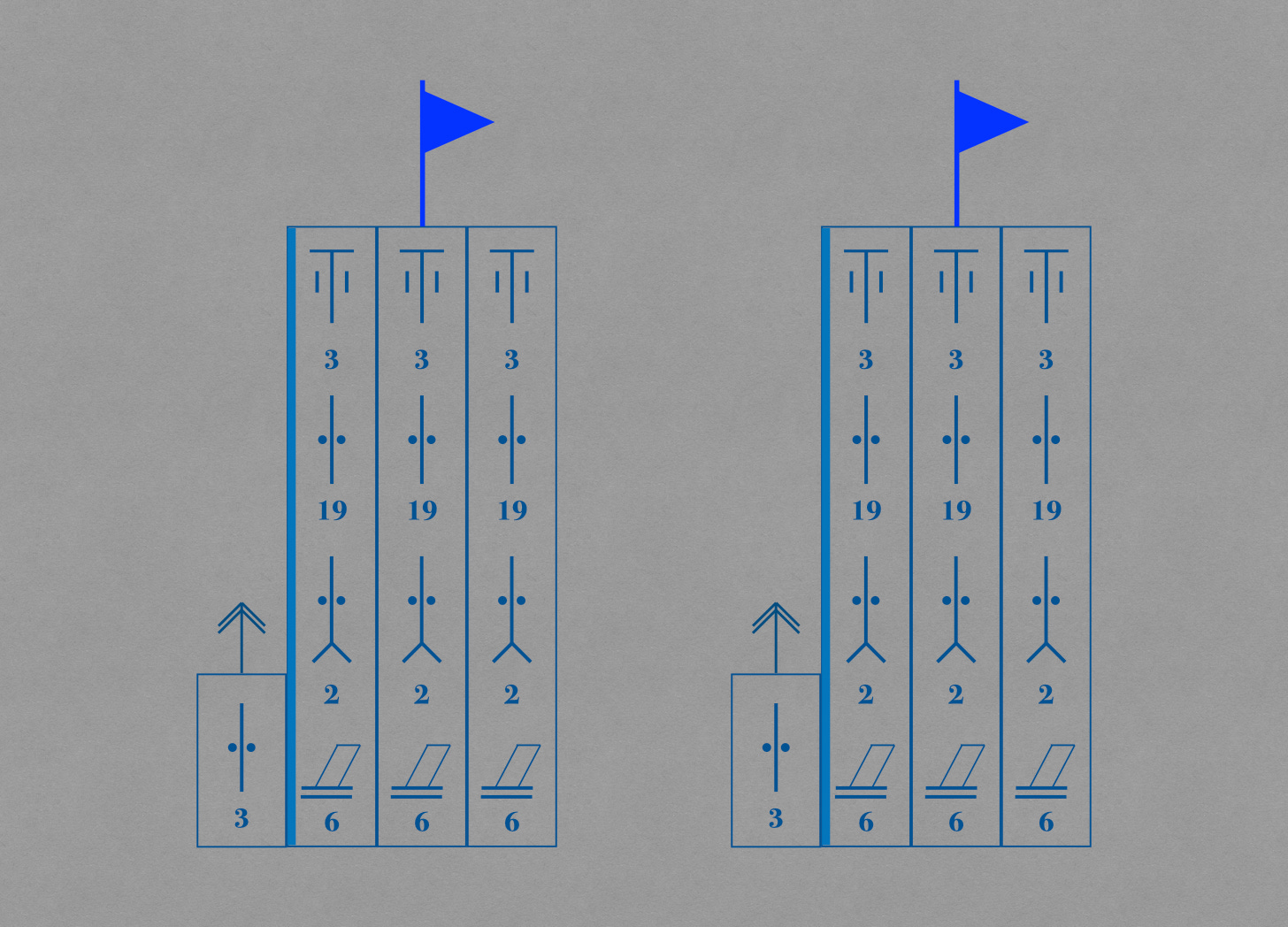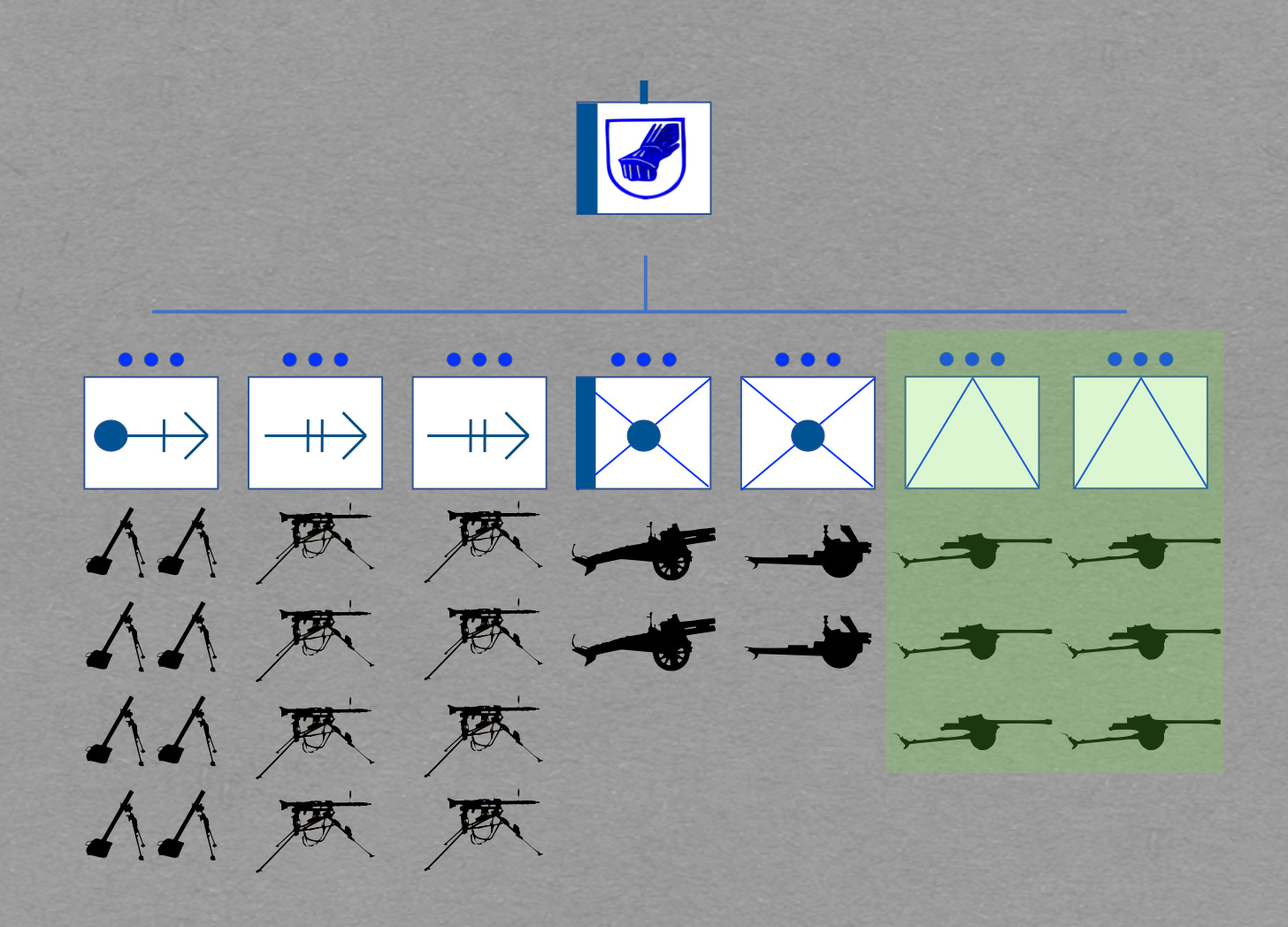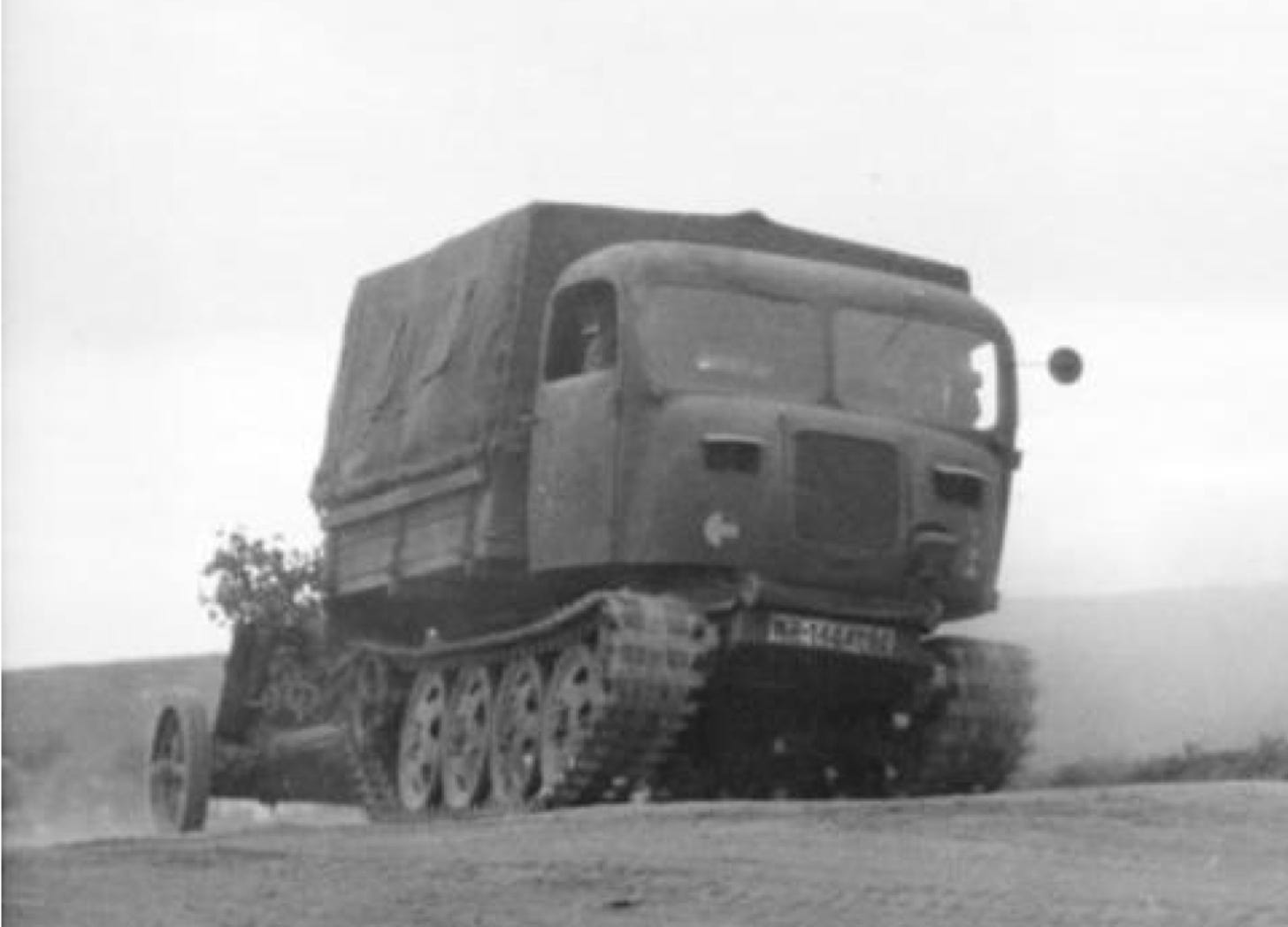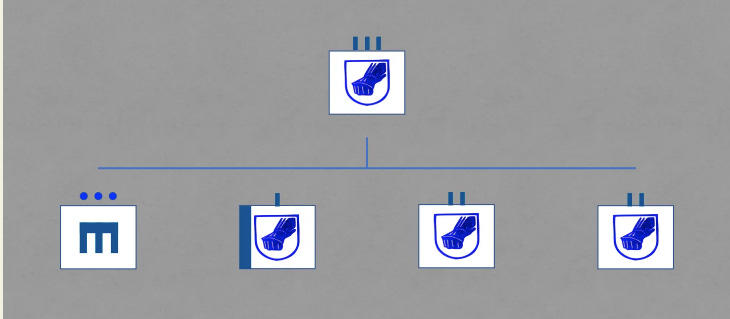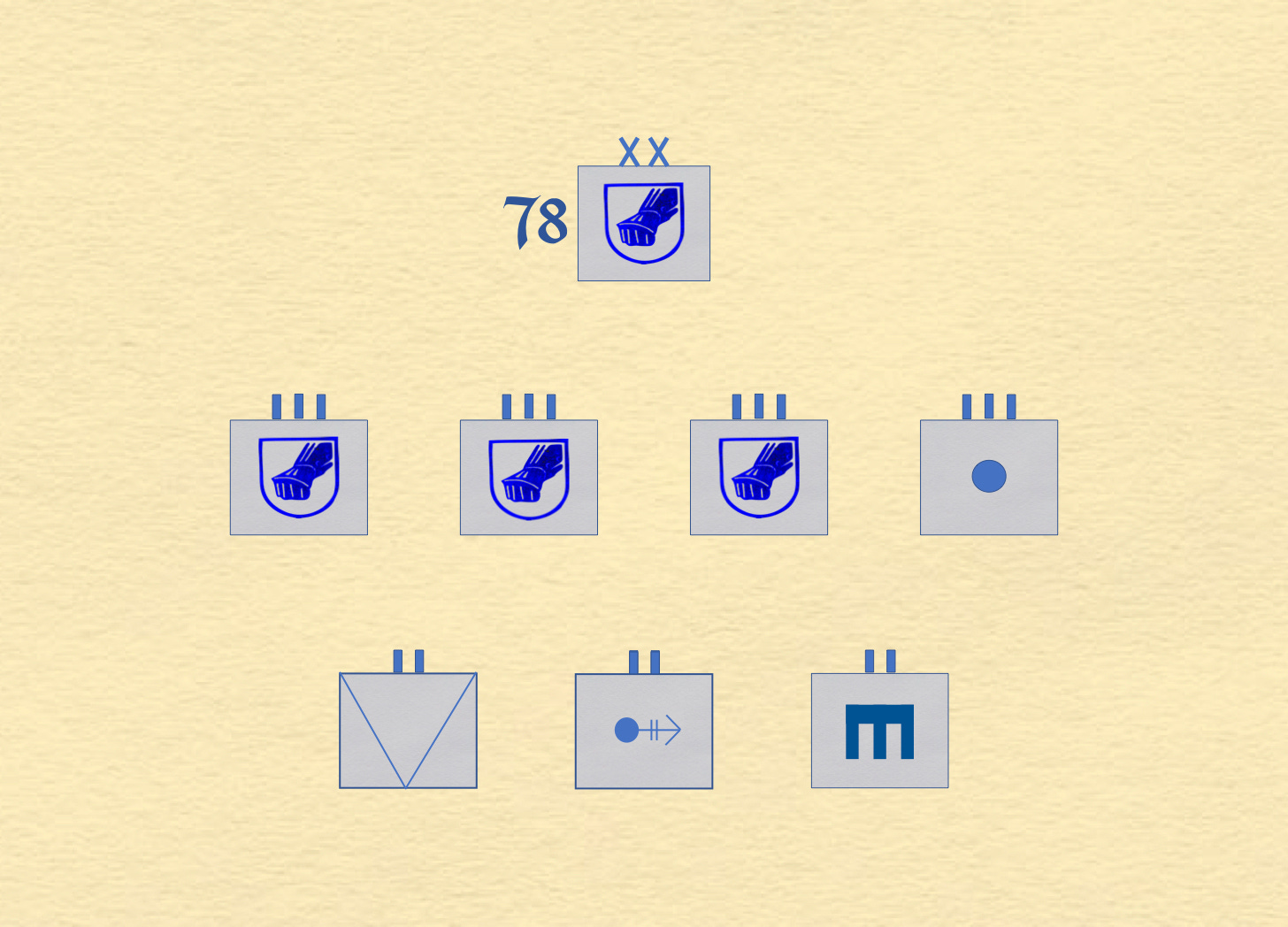Assault and Battery VII
Refining the Reform
Welcome to the Tactical Notebook, where you will find more than six hundred articles about the armies that are, the armies that were, and the armies that might have been.
The article that follows belongs to a series. Thus, you may wish to engage its predecessors before attempting to tackle it. Links to these can be found on the following page:
On 16 March 1943, the commanding general of the 78th Assault Division proposed a number of changes to the structure of his three assault regiments. In particular, he argued for:
the reduction of the number of anti-tank guns in each grenadier company from six to three
the replacement of the single four-company grenadier battalion of each assault regiment with two three-company battalions
the formation of a platoon of infantrymen cross-trained as combat engineers [Infanterie-Pioniere] for each of the two grenadier battalions of each assault regiment
the assignment of six anti-tank guns to each heavy company
the replacement of the horses used to move the heavy (150mm) infantry guns with tracked prime movers
the transfer of the field artillery battalions of the assault regiments to the field artillery regiment
the assembly of most of the combat engineers [Pioniere] of the division into a single pionier battalion
the provision of a rocket-launching apparatus [schweres Wurfgerät 41] to the engineer battalion
the assignment of a platoon of combat engineers to each of the assault regiments
The proposal to reduce, by half, the number of anti-tank guns in each grenadier company stemmed from two observations. First, company commanders reported that it had been difficult to keep direct the actions of six platoons. Second, they noted that they tended to deploy their anti-tank guns in two echelons, one near the other elements of the company and another well to the rear of the main body.
The argument for a fifty-percent increase in the number of grenadier companies in the assault regiment rested upon the desire to enhance the “thrusting power” [Stosskraft], flexibility, and ground-holding ability of that unit.
The formation of a platoon of “white pioneers” for each of the smaller grenadier battalions would serve three purposes. First, the measure would relieve the “black pioneers” of the division of the simpler duties of the sapper, thereby allowing them to focus on more specialized tasks.1 Second, it would permit the concentration of the fully-fledged engineers in an engineer battalion, thereby facilitating the formation of an “engineer main effort [Pionier-Schwerpunkt]. Third, a platoon that reported directly to him would provide the battalion commander with a small reserve, thereby reducing the need to weaken a company for the sake of a discrete mission.2
The anti-tank guns made available by the mitosis of the grenadier battalions would find new homes in the heavy companies of the assault regiments.3 This transfer would increase the number of platoons in each heavy company from five to seven.4 It would also transform an entirely hippomobile company into a unit that was, thanks to the Raupenschleppern Ost that towed the anti-tank guns, partially motorized. This change, in turn, would facilitate the replacement of the horse teams that pulled the two 150mm heavy infantry guns with tracked prime movers of that type.
The case for the return of the light field artillery battalions to the field artillery regiment rested on the belief that, in a formation so well-supplied with short-range heavy weapons, the chief task of the field artillery was the focused [Schwerpunktmässig] delivery of large numbers of shells upon targets of importance to the division as a whole. To put things another way, while the subordination of 105mm light field howitzers to assault regiments provided those units with “more of the same,” it deprived the division commander of his best means of dealing with both crises and opportunities.
Völckers also believed that the assignment of both the heavy artillery battalion and the assault gun battalion to the field artillery regiment had proved practical. As a result, the retromorphosis of the field artillery of the 78th Assault Division would produce a regiment with six component battalions.
The proposal for the reconstitution of a division-level pioneer battalion also owed much to a desire to be able to concentrate efforts. The presence of a complete battalion of fully-trained combat engineers would allow the commanding general to form an “engineer main effort” [Pionier-Schwerpunkt] for such tasks as an assault on a fortified position, the rapid clearing of a minefield, the rapid creation of a minefield, or the rapid building of field fortifications.
A division-level engineer battalion would also provide a home for some of the new devices that were becoming available to the German Army. These included the apparatus [schweres Wurfgerät 41] that allowed the simultaneous firing of a large number of rockets.
The project for the return of the pioneer battalion made provision for the assignment of one platoon of such soldiers to each assault regiment. Though composed of “black pioneers,” this platoon did for the assault regiment what the infantry pioneer platoons did for the grenadier battalions. That is, they served as a means of performing engineer tasks on a relatively small scale and, at the same time, provided the regimental commander with the means of dealing with relatively minor crises.
Taken together, the reforms described by Major General Völckers on 16 March 1943 called for an assault division that, in terms of its broad outlines, bore a closer resemblance to other German infantry divisions of its day than the formation that he put together a few weeks before.
Source: Report of Major General Paul Völckers, dated 16 March 1943, [78. Sturm-Division Ia/Nr. 63/43 g.Kdos.] This report can be found in (at least) two sets of records microfilmed by the US National Archives: those of the 78th Assault Division (T 315 Roll 1100, frames 138-146) and those of the Army High Command [OKH] (T 78 Roll 620, frames 1297-1303).
Named for the branch color [Waffenfarbe] of the Pioneer Corps, “black pioneers” were full-time, fully-fledged, fully-trained combat engineers. “White pioneers,” who wore the white branch color of the infantry, were infantrymen who had been trained to perform simple engineering work.
For more on the German practice of providing a commander with a small “disposition” [Verfügungs] element, see the series on the light infantry battalion designed by Franz Uhle-Wettler during the Cold War.
Sharp-eyed readers will notice that I have changed the NATO-style symbol for the heavy company. In the original design for the assault regiment, the heavy company combined the weapons of an infantry battalion heavy company and an infantry gun company. Thus, I combined the symbols for those types of units. The heavy company proposed by Major General Völckers on 16 March 1943, however, also included anti-tank guns. Thus, I grafted onto the badge of the 78th Assault Division the filled rectangle that, in many dialects of NATO symbology, indicates “heavy.”
I find myself wondering why the same officer who thought a six-platoon grenadier company too large for an single officer to command recommended, in the same breath, the forming of seven-platoon heavy companies.




